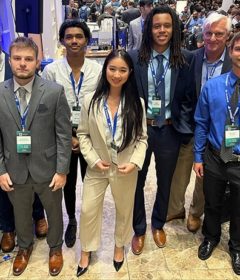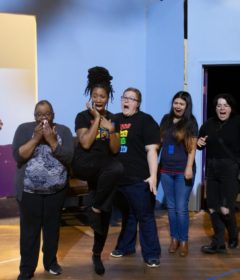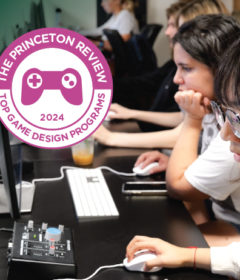$1M NSF Award Spells STEM Advancement
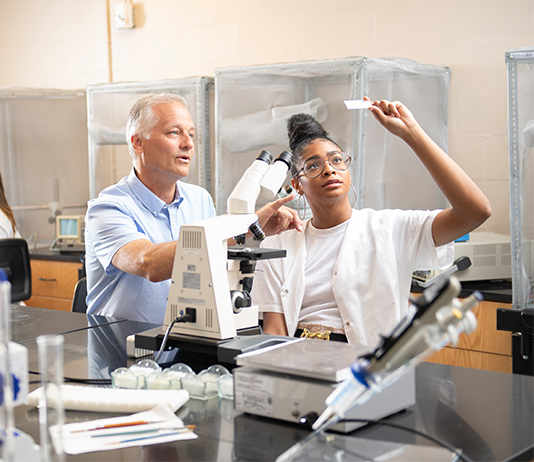
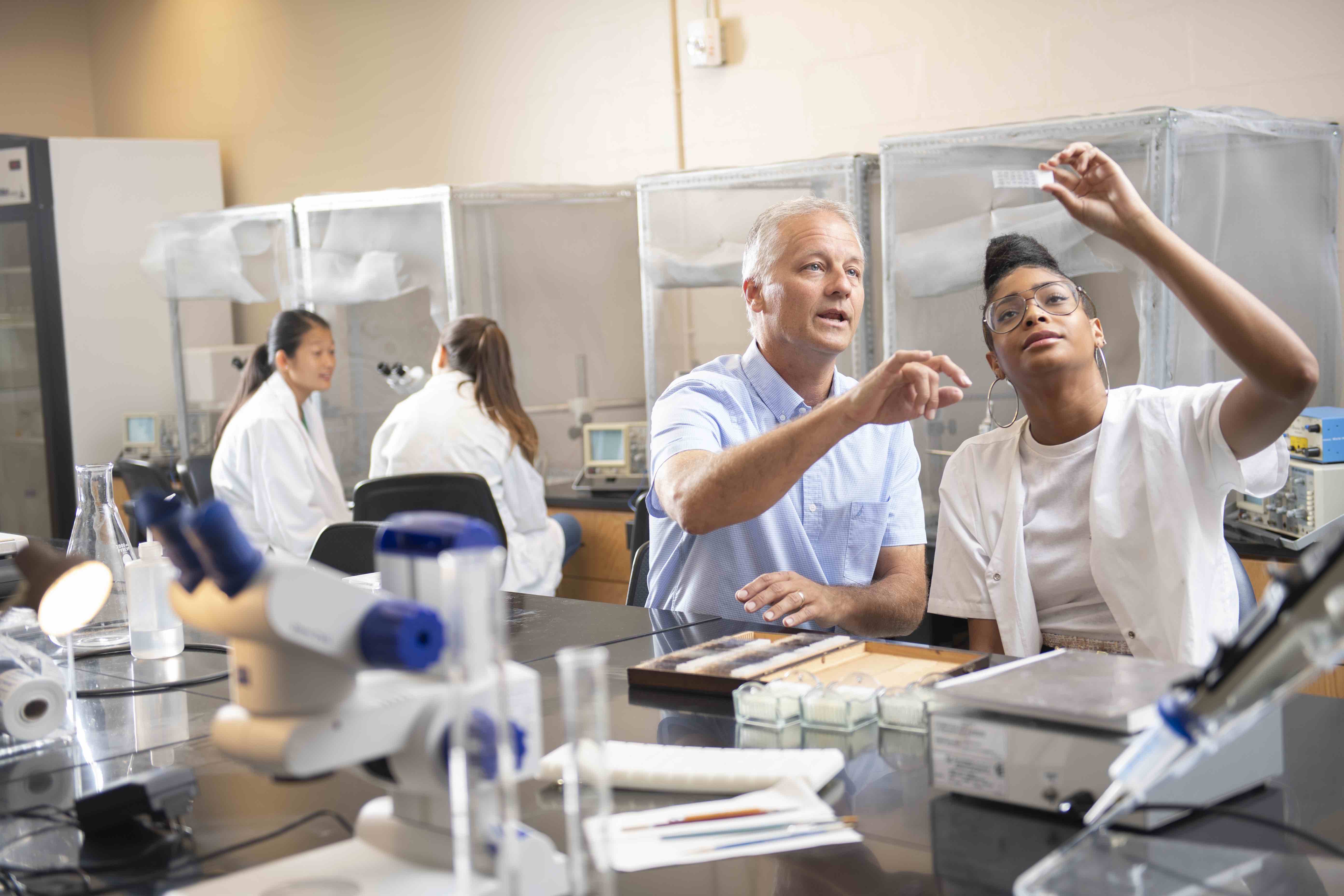
Clearly, STEM is a global concern.
According to the World Economic Forum, a not-for-profit foundation based in Switzerland, female students and employees are underrepresented in fields related to science, technology, engineering and math, with only approximately 30% of the world’s researchers being women.
Further, according to numerous published studies, similar inequities exist with respect to race. By percentage comparisons, there simply aren’t enough people of color involved in STEM disciplines.
At Stetson, recent discussions among administrators and faculty, along with a general commitment to combat such disparities, have been buoyed by a significant new grant to support the university’s STEM curriculum development initiative.
In mid-November, the National Science Foundation officially awarded Stetson $999,823 for a project titled Cohort-Based Interdisciplinary Learning to Increase Retention and Graduation Rates of Undergraduate Students in Science, Technology and Mathematics. (Engineering isn’t an academic focus at Stetson.)
The funding is scheduled to begin March 15, 2021, and end February 28, 2026.
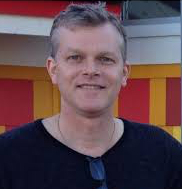
Tandy Grubbs, PhD, is the principal investigator. William Miles, PhD; Ben Tanner, PhD; Lynn Kee, PhD; and Holley Lynch, PhD, are the co-principal investigators.
Elizabeth Skomp, PhD, dean of the College of Arts and Sciences, described the NSF award as a “wonderful example of a collaborative, interdisciplinary initiative” — one that “will result in significant support for students from underrepresented backgrounds who wish to pursue studies in the natural sciences.”
“The current cohort-based model not only builds on Stetson’s previous success in the S-STEM [scholarships in STEM] competition [for students] but also utilizes high-impact practices, project-based learning, and a focus on skill development to prepare our students well for a wide variety of post-graduation endeavors,” Skomp said.
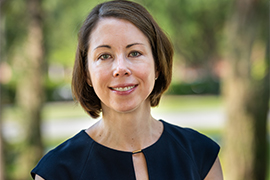
Specifically, Stetson’s STEM curriculum development initiative is intended to promote STEM enrollment in two primary ways, cited Grubbs, a professor and chair of chemistry. One way is by providing added scholarship awards to low-income students who have demonstrated academic promise in STEM. The second way is by engaging those students as a cohort within a novel STEM-enriched, interdisciplinary curriculum that emphasizes peer-interaction, project-based learning, community partnerships, numerical problem-solving skills, technological literacy, and professional writing and presentation skills.
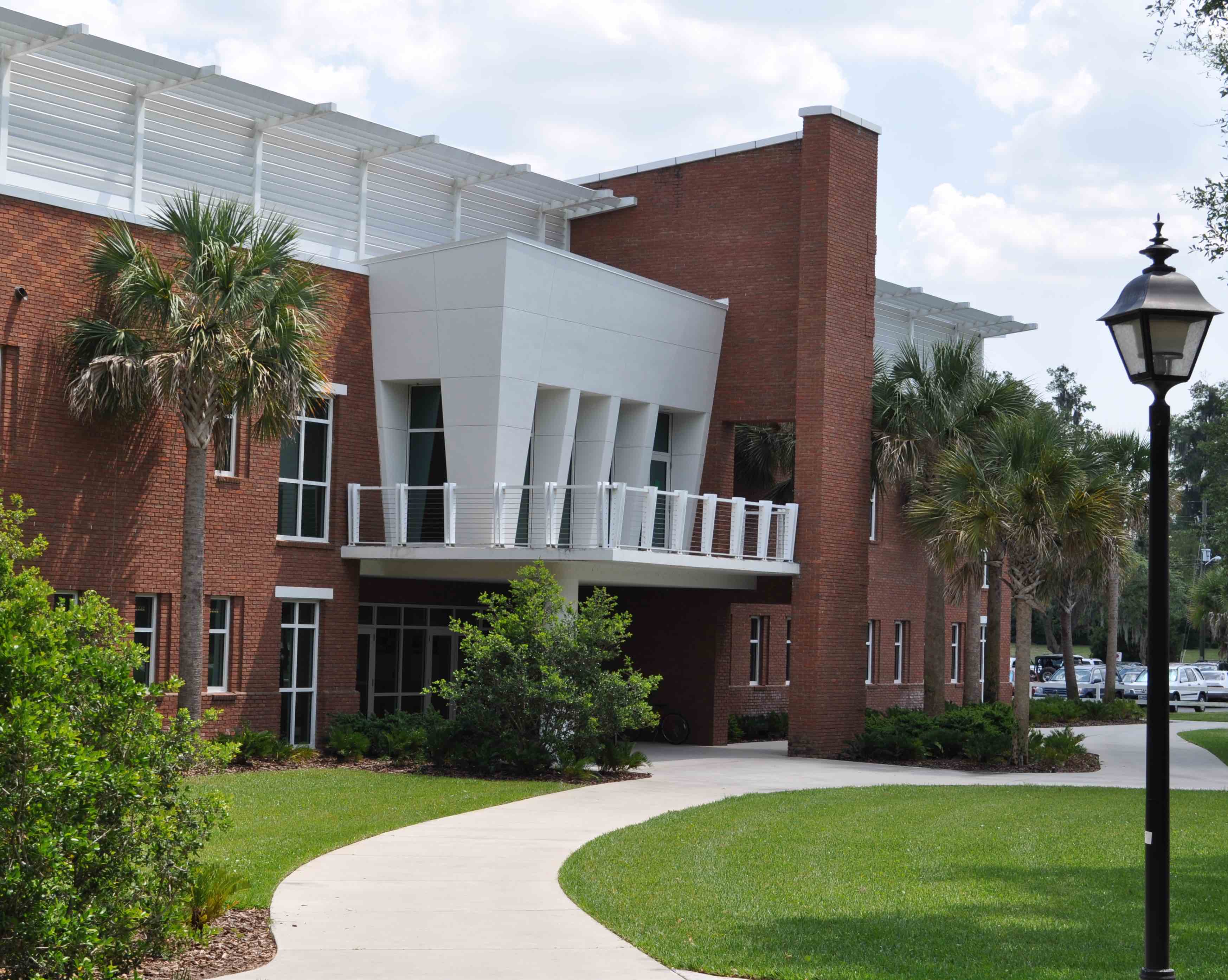
Grubbs said the university will recruit students who have expressed an interest in pursuing a degree in one or more of the following disciplines: biochemistry, chemistry, computer science, environmental science, mathematics, molecular biology and physics. Additionally, the recruitment plan includes steps to identify academically talented, financially needy scholars from underrepresented groups, including students of African American, Hispanic/Latino, Asian and American Indian/Alaskan Native ethnicity, along with veterans and first-generation college students.
“Recognizing that underrepresented minority undergraduate students are far more likely than white students to come from low-income households and, therefore, to feel the financial strain of pursing a higher education degree more acutely, we anticipate that the availability of these NSF scholarship awards will significantly improve access to STEM educational opportunities for underrepresented groups at Stetson,” he commented.
The approach used in the project, Grubbs added, is inspired by a successful pedagogical experiment originally developed at Brandeis University, which found that a closed-cohort model toward STEM study enhanced retention and persistence to degree completion, especially among students from underrepresented groups.
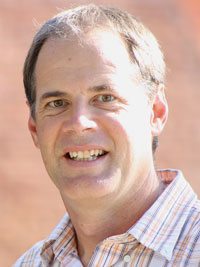
“The project methodology,” he explained, “will track and assess the progress of these scholars alongside peer STEM cohorts who are engaged in a traditional STEM curriculum in order to answer the primary research question of this study: Are learning, enthusiasm and persistence toward degree completion significantly enhanced when STEM students navigate a series of courses as members of a close-knit cohort where all participants actively and purposefully engage in a common interdisciplinary general education core that culminates in a community-based research project and a capstone research experience?
“The effectiveness of the innovative curriculum will be evaluated, with care taken to examine what elements are associated with improvements in learning and retention.”
Tanner, associate professor and chair of environmental science and studies, lauds the initiative’s approach.
“This project is exciting to me because it will focus considerable resources in a very concrete way to recruit, retain, graduate, and launch underrepresented students in STEM fields,” he said. “Among other things, our project will focus on technology and interdisciplinary collaboration, which are critical for successful STEM careers.”
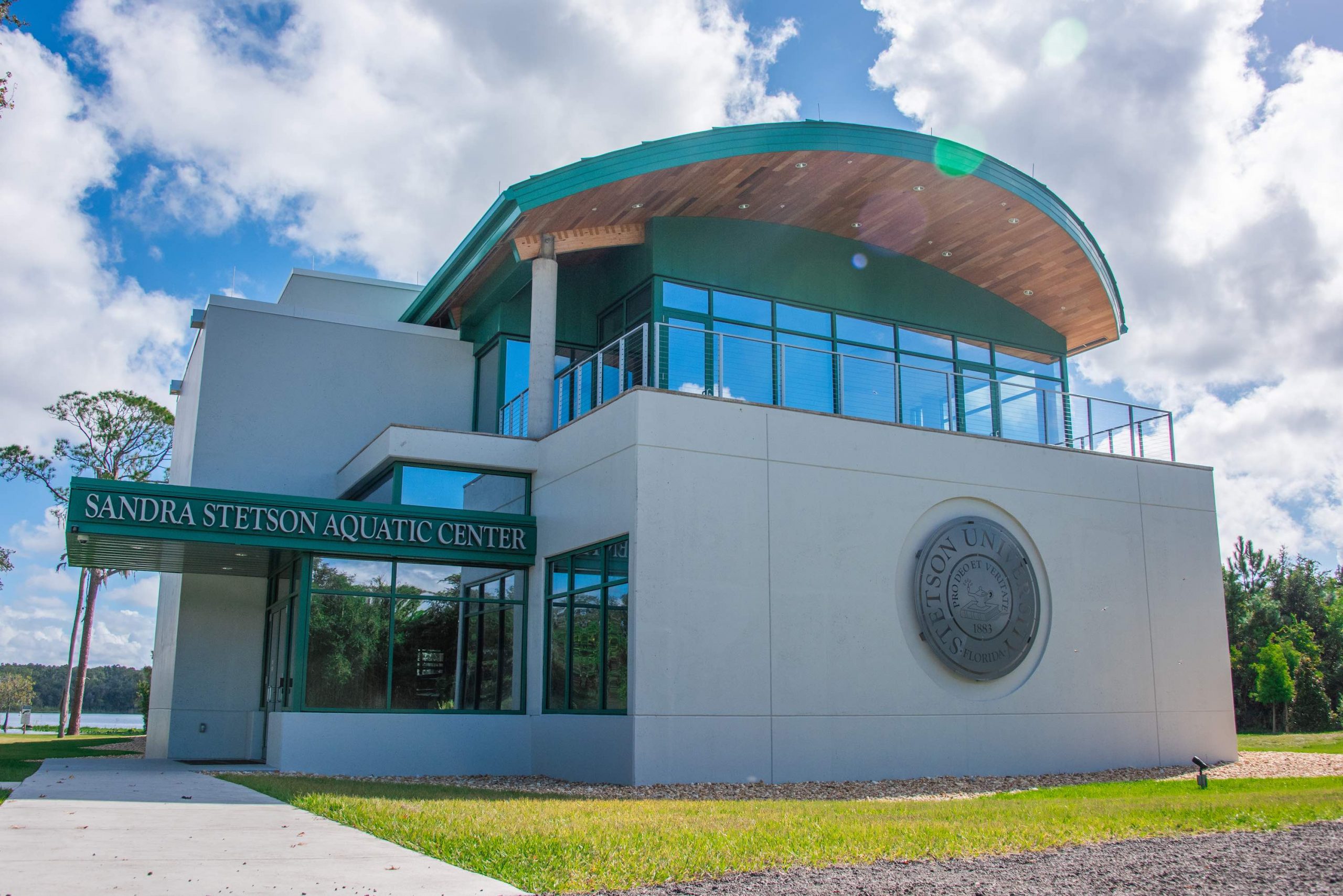
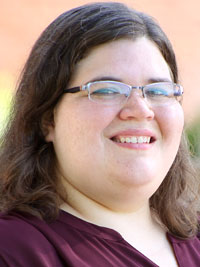
Tanner hopes to use Stetson’s new Institute for Water and Environmental Resilience water-monitoring resources at the Sandra Stetson Aquatic Center to engage NSF-student cohorts. “This will be realized through project-based learning in a grant-related environmental science course and through collaborative student research projects,” Tanner noted. “As an additional benefit, this grant will bring together Stetson colleagues from a number of different STEM fields, and I’m sure that promising new collaborations will develop as a result.”
That’s certainly how Lynch sees things. As an undergraduate student at Earlham College, majoring in physics and mathematics, she didn’t have a female physics professor and had only one in math.
“I benefited from the peer connections I made with women who were mostly not in physics and not in my year. But those peer connections are really important,” said Lynch, who also went on to earn a master’s degree and doctorate in physics from Vanderbilt University.
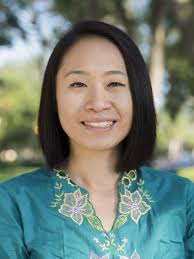
“Hopefully, this [NSF award and STEM initiative] will make our students feel like this is what ‘I should be doing.’ It can be hard if you look around and people don’t look like you. You start to feel like, ‘Well, do I really belong here?’ … I think this will be a big help.”
Kee, an assistant professor of biology, points to diversity as well as inclusivity. “Now, more than ever, it is imperative that these fields are not only representative of our entire community, but also allow us to actively communicate science across disciplines,” she said.
“I look forward to being part of a tight-knit learning community that embraces discovery and curiosity, both as an instructor and mentor to the students. My mentored research experience as an undergraduate student had a huge impact on my career. I am excited to welcome a new generation of STEM students at Stetson.”
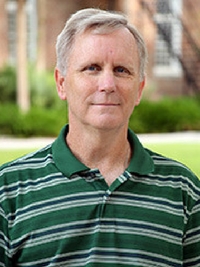
For Miles, the NSF award represents all of the above — plus the chance for math to be part of the equation.
“I welcome the opportunity to promote math as being fundamental in any scientific endeavor,” said Miles, an associate of professor of mathematics.
“To have the idea that a student would eventually see the connections, because this compartmentalization of math, of science, it’s natural to do that. But to break up that compartmentalization, and connect those fields in ways they can experience outside of academia, is an exciting piece of the puzzle.”

